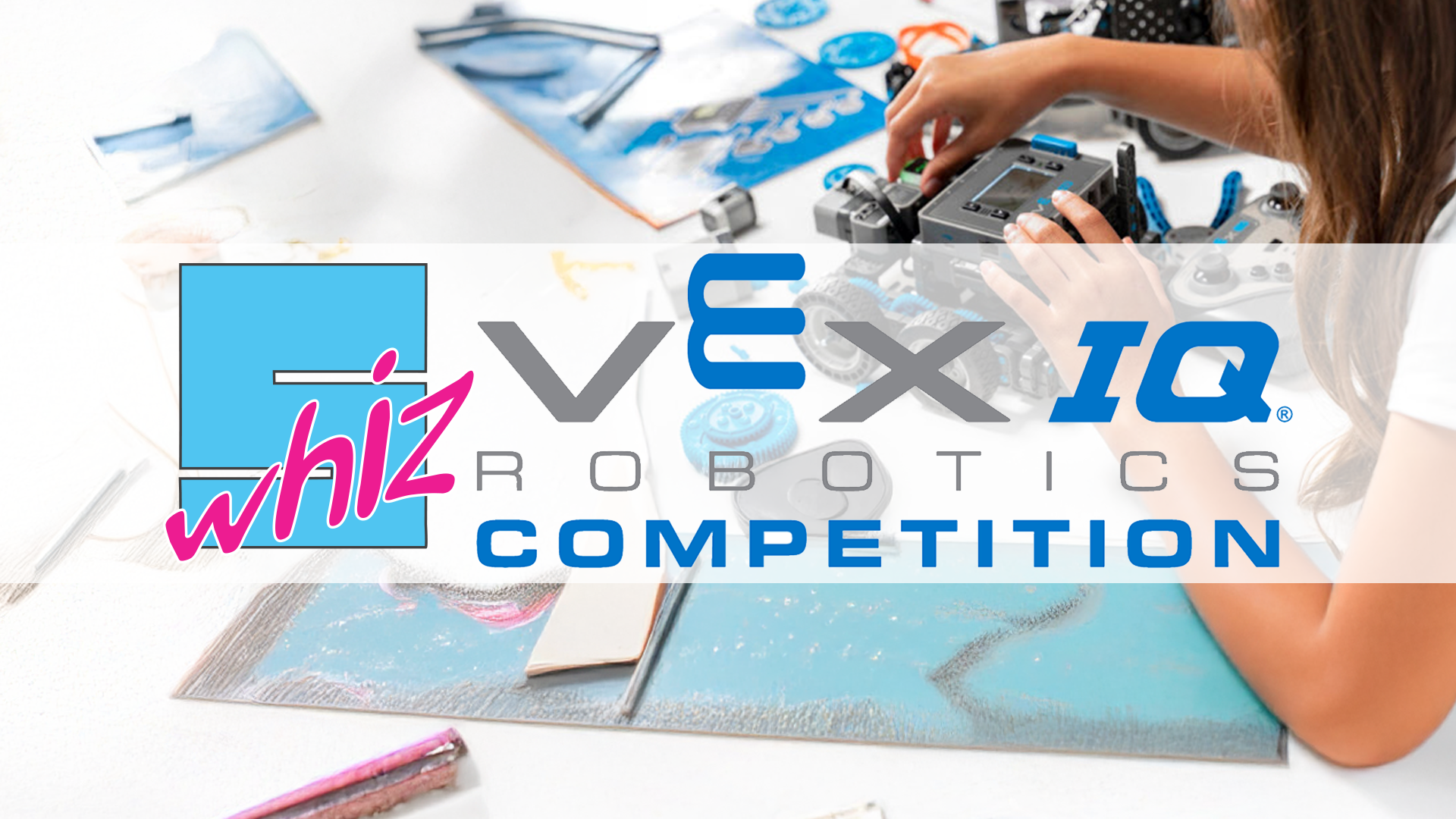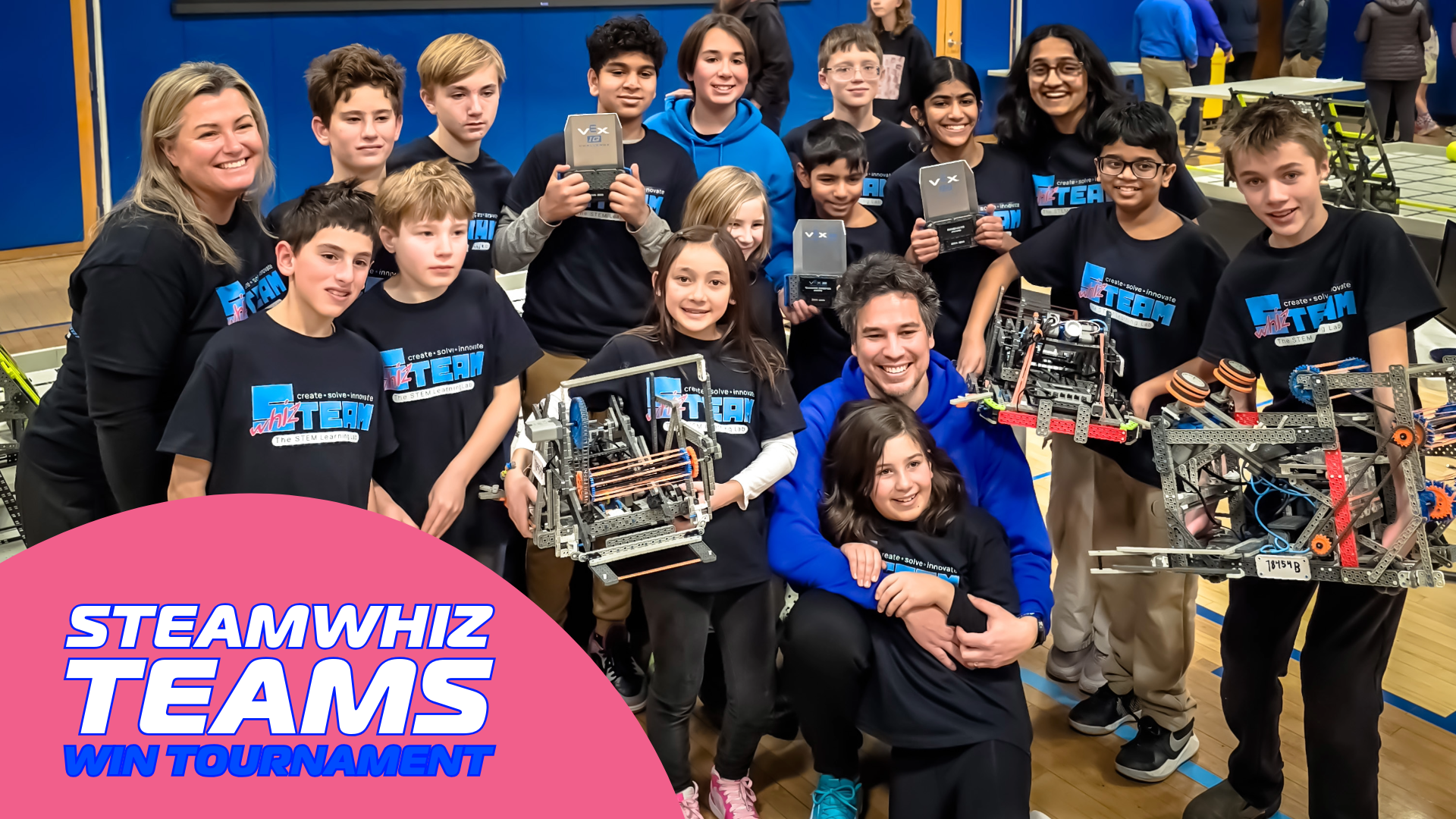

Discover how project-based education with hands-on, innovative approaches can inspire growth and resilience. Are you ready to ignite your child’s passion for learning and help them tackle challenges with confidence? Let’s share ideas and embark on this transformative journey together!
Not your childhood
In today’s society, there’s immense pressure to make achievements look effortless, especially in the digital age where platforms like YouTube showcase polished, seemingly easy successes. This often hides the extensive work, dedication, and challenges behind the scenes. For children, this can create a distorted view of what it takes to accomplish great things. They might believe that success should come quickly and without struggle, leading to frustration and discouragement when faced with real-world challenges.
Emphasizing the importance of perseverance, hard work, and resilience helps students understand that every polished video or successful project involves significant effort, planning, and sometimes failure (i.e., failing forward). Encouraging transparency about the process and celebrating the journey, not just the end result, fosters a growth mindset and academic resilience.

Valley of Growth
At STEAMwhiz, we leverage our smaller class sizes and flipped classrooms to create innovative approaches that reshape the traditional classroom experience. By providing guided lab-type instruction to after-school activities, students are given the opportunity to engage in hands-on, meaningful projects during our labs. This method fosters active learning and encourages students to take ownership of their educational journey.
Our Educators leverage the zone of proximal development (ZPD) to guide students through the “valley of growth.” This concept emphasizes the importance of social interaction and guided learning. By providing the right support and scaffolding, educators help students tackle tasks that are just beyond their current abilities, promoting maximum cognitive growth and development.
Traversing this valley can be uncomfortable, as it requires students to stretch their capabilities and face challenges head-on. However, this discomfort is a necessary part of a healthy learning process. It helps students build resilience, develop problem-solving skills, and gain a deeper understanding of the subject matter.

Structure & Starting Early
Starting the process young (6 yrs old) is crucial to leverage a student’s innate curiosity. When they are young, children want to learn everything around them and absorb information with ease. By providing numerous positive experiences early on, educators can ignite a lifelong passion for learning. The stability of a regularly scheduled class helps develop neural pathways, fostering confidence and lighting the embers for growth. This consistent structure allows students to feel secure and supported, making them more willing to take risks and explore new ideas.
On Deck
In our next post, we’ll delve into the fascinating world of neurodiversity and explore how our small class sizes and tailored curriculum can provide unique opportunities for students to learn and grow. These approaches allow students to explore their interests and strengths in ways that are often not possible in traditional school settings. Stay tuned to discover how we celebrate and support the diverse talents and abilities of all our learners!



































